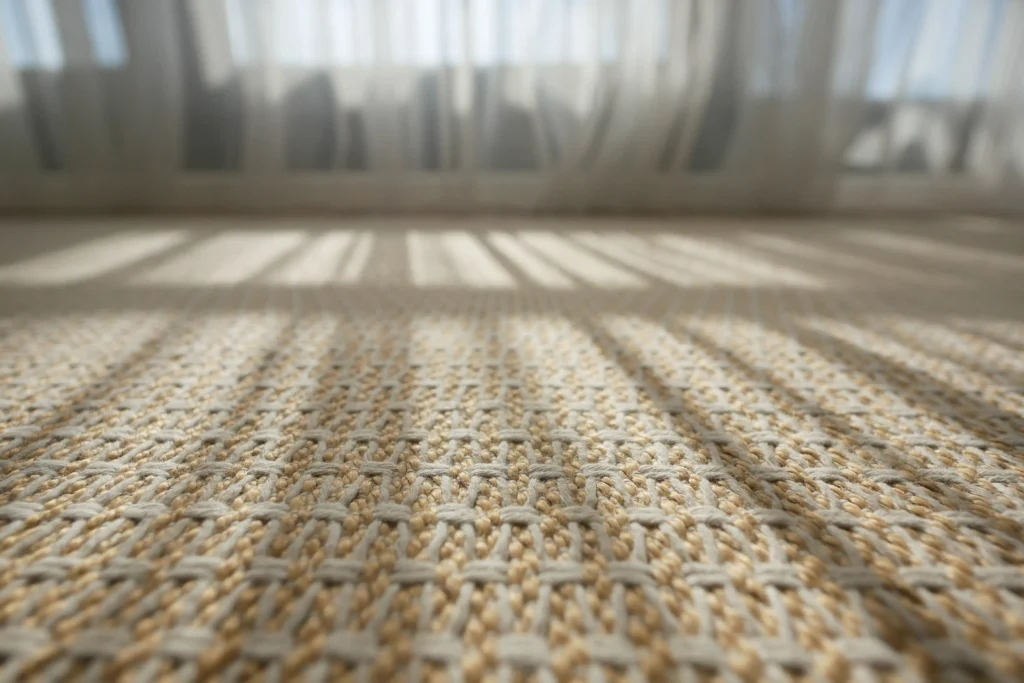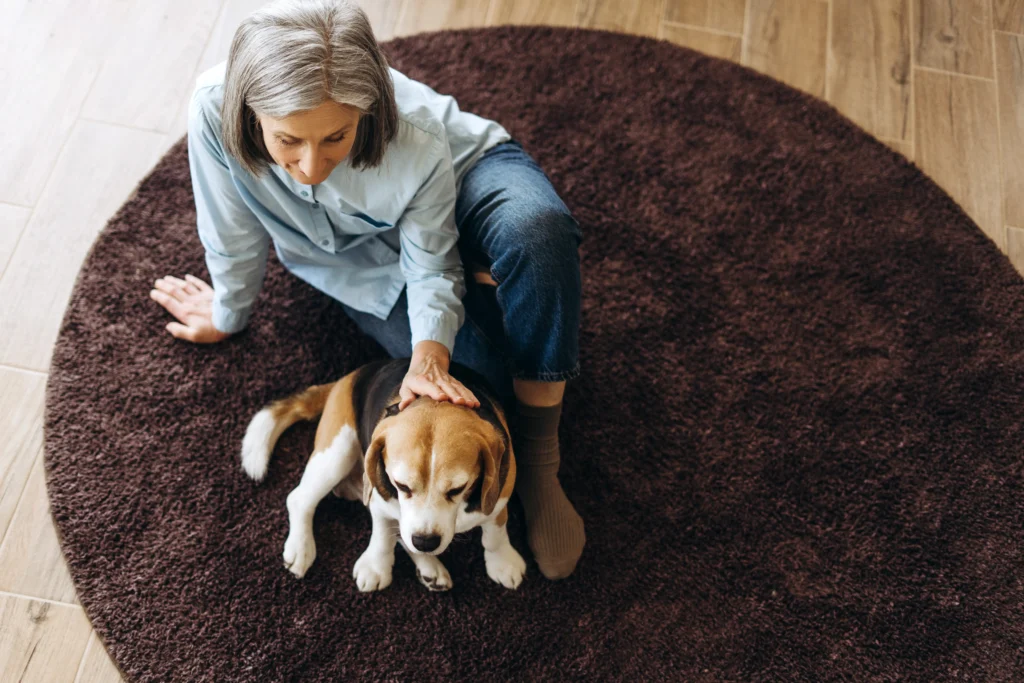Does renters insurance cover carpet damage? For renters across Northeast Ohio, this question often comes up after an unexpected accident. Whether it’s a spilled drink, a pet mishap, or water damage, carpet stains can create confusion about who is financially responsible. Understanding how renters insurance works and what it does or doesn’t cover helps tenants avoid costly disputes with landlords.
What Renters Insurance Usually Covers
Renters insurance protects the renter’s personal property. It also includes liability coverage and may cover temporary housing costs. However, it typically does not protect the landlord’s property—like carpet, walls, or built-in fixtures. If your belongings are damaged in a fire or flood, your policy may reimburse you. But if the carpet is damaged, the situation becomes more complex. In some cases, your liability coverage could apply—especially if your actions caused the damage.
In cities like Cleveland and Akron, where carpeted rentals are common, this distinction is important. Tenants in Lake and Summit Counties often assume their insurance will pay for anything inside the unit. But the ownership of the carpet plays a key role in determining what’s covered.

When Carpet Damage Might Be Covered
Insurance may pay for carpet damage if it’s caused by a covered peril. Covered perils include fires, smoke damage, and water damage from a burst pipe. For example, if you accidentally knock over a candle and it burns the carpet, your renters insurance might step in. That protection comes from the liability portion of the policy. It could help reimburse your landlord or cover part of the repair costs.
The Insurance Information Institute explains that personal property insurance typically won’t cover carpet. However, liability insurance might pay if your actions cause the damage. It’s important to know the terms of your policy so you’re not surprised when filing a claim.
What Damage Is Not Covered by Renters Insurance
Standard policies don’t cover damage caused by neglect, general wear, or pet accidents. If your dog urinates on the carpet or claws through it, your insurance won’t help. If you spill wine and don’t clean it up, you may be responsible. In those cases, the landlord might charge you for cleaning or replacement when you move out.
Flood damage is also not included. Water that enters your home from outside sources—like rain or an overflowing river—is excluded. You need separate flood insurance to cover that kind of damage. This detail matters in Portage and Medina Counties, where older infrastructure can increase the risk of basement flooding.

Why Carpet Ownership Affects Coverage
The carpet belongs to the landlord, not the renter. Renters insurance is designed to protect your personal items—not the building or things that came with the unit. If you damage the carpet, liability coverage might help. But if the damage is due to age or poor installation, it’s up to the landlord to repair or replace it.
Tenants in Cuyahoga and Geauga Counties sometimes get caught in the middle. The landlord claims the renter caused the damage, and the renter assumes their insurance will handle it. The outcome depends on the situation, the lease, and whether the insurance company agrees that the damage is covered.
What About Pet Damage?
Pets can damage carpet quickly. Chewing, scratching, and repeated accidents can leave stains and odors behind. Most renters insurance policies exclude pet damage. Some insurers offer a rider or endorsement for pet-related issues, but it’s not common.
If you have pets and live in carpeted apartments around Northeast Ohio, ask your agent if pet damage is covered. Without extra coverage, you may have to pay out of pocket. Landlords in areas like Summit County often include pet cleaning fees in the lease for this reason.

How the Lease Influences Your Responsibility
Lease agreements usually explain carpet expectations. Many landlords ask renters to return the carpet in the same condition as when they moved in—minus normal wear. Some leases even require professional cleaning at move-out. If your lease includes this, renters insurance won’t cover it. That cost falls on you.
If damage happens during the lease, you should inform the landlord right away. Document the problem and show you’re taking steps to fix it. Hiring a cleaning service like Green and Clean Home Services can demonstrate responsibility. In some cases, this helps avoid deductions from your security deposit.
How to Protect Yourself as a Renter
The best defense is preparation. Before moving in, inspect the carpet and take photos. Ask for a walk-through with your landlord and note any stains or damage. Keep a copy of the move-in condition form. These steps protect you if there’s a disagreement at move-out.
During your tenancy, treat spills and stains right away. Use safe cleaning products and vacuum regularly. If something serious happens—like water damage or fire—contact your landlord and insurance company immediately.
In flood-prone areas like Portage and Medina Counties, it’s also smart to ask about additional insurance options. If you’re unsure whether your renters policy is enough, consider speaking to a licensed agent.

How a Claim Works if Damage Happens
If the carpet is damaged and your policy might apply, call your insurance provider. They’ll ask for details, photos, and possibly your lease agreement. If your landlord is seeking money for replacement, the liability section of your policy might help—if the insurer agrees the damage was accidental and covered.
Renters insurance claims usually require you to explain how the damage happened. If it was sudden, accidental, and caused by something you did unintentionally, your claim stands a better chance of being approved. Your provider may reimburse the landlord directly or offer a payment to cover the loss.
Conclusion
Does renters insurance cover carpet damage? Sometimes—but not always. If the damage results from a covered peril and you’re liable, your policy may help. But if the problem is caused by pets, neglect, or daily use, insurance likely won’t help. Understanding what your policy includes, how liability works, and what your lease says is key to avoiding surprises.
In Northeast Ohio, where homes often have full carpet installations, renters should be proactive. Read your lease. Ask questions. Take care of the carpet. And when needed, bring in professionals like Green and Clean Home Services to keep your rental in top shape. With the right steps, you can protect your finances, your reputation, and your peace of mind.


